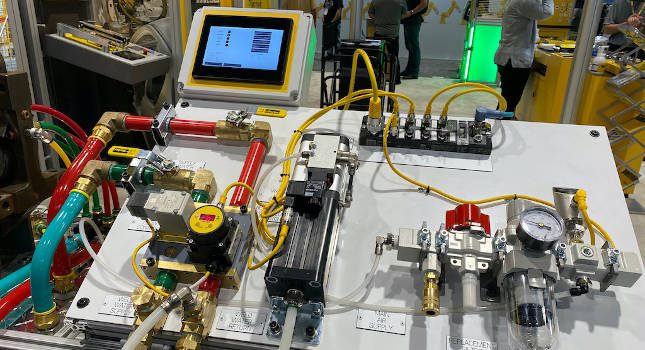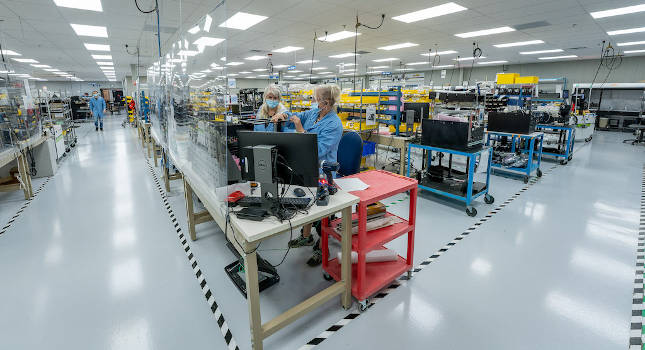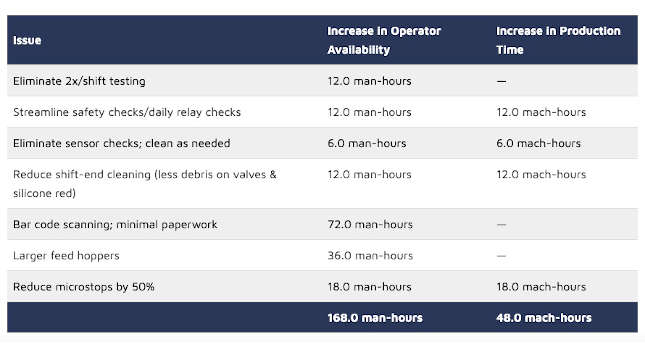Perhaps no single quote that came out of the Plant Engineering Manufacturing Summit last month in Chicago better summarizes the state of manufacturing right now than this one: “We are so busy trying to meet tomorrow's build requirements that we don't have time to improve.”
Perhaps no single quote that came out of the Plant Engineering Manufacturing Summit last month in Chicago better summarizes the state of manufacturing right now than this one: “We are so busy trying to meet tomorrow’s build requirements that we don’t have time to improve.”
Manufacturers are busy balancing costs and managing people, trying to stay on an even footing even as the slope becomes increasingly slippery. Yet we have to stop and take stock and tighten our screws, not just our belts.
Every study Plant Engineering has done in the last year suggests the same thing: the majority of plant managers do not take the time to make sure their system is well-maintained, their people are well-trained and their entire operation benefits from the best available strategy and technology.
There are probably dozens of examples of why it’s important to take time to maintain your equipment. None hit closer to home than my trip last month to the ICONICS customer event in Boston.
The event itself was fine, and we’ll discuss the specifics elsewhere in this month’s issue. But when it came time to go home, American Airlines had grounded its entire class of MD-80 planes over a maintenance issue that they had supposedly fixed the week before by — grounding all their planes. This all forced the cancellation of a couple thousand flights over three days, including the one that would take me out of Boston.
Here’s some quick math, courtesy of the Dallas Morning News: An MD-80 uses about 3,300 gallons of jet fuel on a trip from Dallas to New York. At $2.60 a gallon, that comes to $8,580 per flight, and with 300 MD-80s in the fleet, that comes to $2.6 million a day in fuel costs. However, take those 300 planes out of the air, with 172 seats per plane. Assume a cost of $200 per seat, and we’re talking about $10.3 million in lost revenue. Every day.
Some were quick to blame the bureaucracy of the FAA, and there’s some room for that, I guess. But if American got the repair directive 18 months ago, and if they’d fixed one plane every day over those 18 months and gotten the FAA’s sign-off, there would have been no crisis.
Imagine such a crisis in your plant. Could you take half your manufacturing operation offline for three days? What would that do to customer orders? To customer loyalty? How could you pay your people with three days of reduced work?
Maintenance can get overlooked in our rush to make things and stay competitive. The lack of full attention to maintenance, however, costs time and money. You can always make more money. Can you make more time?
Maintenance cannot be one of those things we are too busy to do. It has to be ingrained in our system and our psyche. “Break-fix” is a lousy maintenance strategy, because there are some things that can’t be fixed with a wrench.



